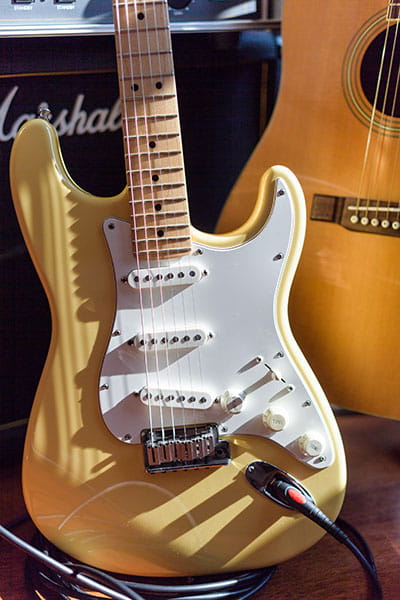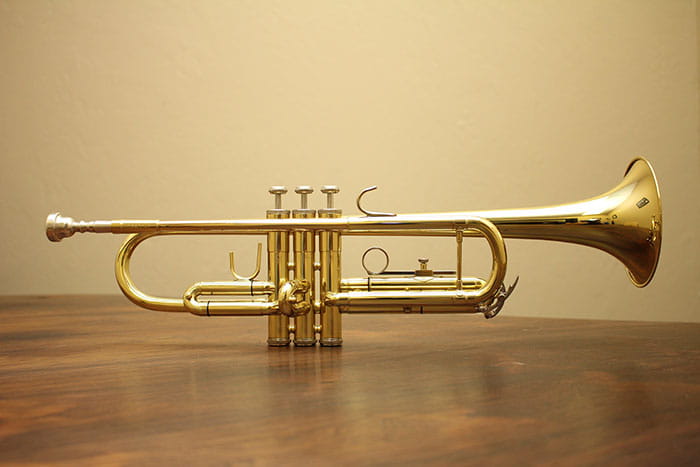Second-hand instruments: the essential buying guide
Get everything you need to know about buying used or second-hand instruments!
Buying a musical instrument is an exciting time – you are indulging your creativity and your love of music! But new musical instruments are never cheap, and you might not be able to afford a new one straight away – so what can you do? Buying second-hand is sometimes considered risky, but by keeping the following tips in mind, you should be able to get your hands on a great instrument at a bargain price!
Are big brands the best?
Not necessarily. However, opting for a well-known brand in the world of the instrument that you are looking to buy can offer you peace of mind that you will be getting a high-quality piece. You will also be reassured as to the easy availability of spare parts and repairs – even specialist cleaning products – by simply navigating to the official website and checking out the model that you are looking at.
If you are an expert in the instrument, perhaps a teacher looking for a basic instrument that a child could use to learn on, then you could very well opt to go for a non-branded instrument. If you are sourcing more than one instrument, for example, for a school’s music room or a teaching band, then non-branded instruments are a fairly safe bet as any breakages or loss will not require an expensive replacement.

Instruments from big brands may be tempting, but are they the right value for money? Image: Jacek Dylag, Unsplash
See it, touch it, hear it
Make sure that you carefully examine the instrument in a good light. While most people will be honest about the condition of the instrument that they are selling, there is always the risk that an unscrupulous person will be trying to make money from a damaged or poor condition piece. Your suspicions should be raised if you are expected to look at the piece in a dark room, or if the owner will not let you handle it freely. If at all possible, play the instrument and listen for issues. Should you hear something dodgy, try to ascertain if it is easily overcome with simple fixes like cleaning, or changing the reed or strings.
Wooden instruments should be solid with no cracks or dents – staining might be acceptable, depending on what caused it. You can always re-stain the instrument or paint it if the staining is particularly ugly. But staining caused by the instrument being soaked in water or a substance that can affect the quality of the wood should always be treated with caution.
Brass instruments, depending on which piece you are looking at, should not be dented – even an apparently trivial dent can seriously affect the tone of the piece. Bigger horns, with a small dent on the outer bell, may be fine.

It's important to look for dents and damage in brass instruments such as trumpets / Image: Hal Gatewood, Unsplash.
Do you need accessories?
Instruments that come with extra pieces – such as drumsticks with kits, bows and spare strings for stringed instruments and so on – should have those pieces with them. Always ask the vendor if he or she has them; it may be a simple mistake that they are not with the instrument! If they are not included, then use this as an opportunity to reduce the price being asked for (unless it is a very good price already) as you will then need to source these items elsewhere and all the money must come out of your budget.
Cover it up
Most musical instruments are designed to be carried from place to place and come with a sturdy and protective carrying case. As with accessories for your piece, the case should be included in the cost of your instrument, so do not hesitate to ask about it if you cannot see it, or to confirm that it is included in the deal.
Some handy tips before you buy
If you are looking at woodwind instruments – anything you must put to your mouth – purchase and take along a pack of disinfectant cleaning wipes and thoroughly sanitise the instrument before you try it. Uncleaned, or even poorly cleaned, instruments can build up impressive (in a bad way!) collections of mould, bacteria and yeast that can wreak havoc in the human body, causing respiratory distress, bad coughs and asthmatic symptoms. No matter how good the instrument seems to be, if it has a permanent bad smell, ask if you can clean it before you buy it. If the smell lingers despite your efforts, it is best to pass on that one: who knows what nastiness is lying within?
A final tip: if at all possible, avoid buying second-hand instruments online unless you are guaranteed a full refund in the case that you are unhappy with the piece once it arrives. Whenever possible, look in music shops and buy from there: the salespeople will be able to demonstrate the piece to you, it will most likely be clean and serviced, and they can advise you as to anything else that you might not have thought about.



